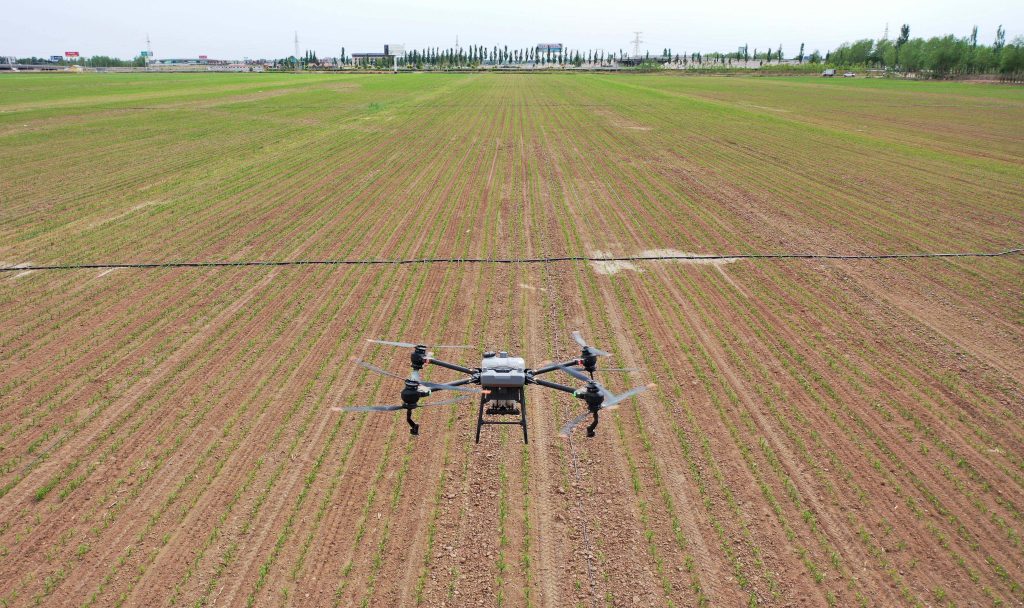Mechanized harvesting has transformed the agricultural landscape worldwide. Gone are the days of manual labor-intensive harvesting; instead, modern farming relies on efficient and powerful machines. These machines have not only increased productivity but have also reduced the physical strain on farmworkers. In this article, we will explore the evolution of mechanized harvesting and its impact on the agriculture industry.
From the early 20th century when tractors first began to replace horses and mules in the fields, to the sophisticated combine harvesters and grain harvesters of today, mechanized harvesting has come a long way. The introduction of cutting-edge technology such as GPS-guided systems and autonomous machinery has further improved precision and efficiency in harvesting operations.
Mechanized harvesting not only benefits large-scale commercial farms but also smaller operations. It allows farmers to complete their harvests more quickly and with greater precision, ultimately increasing their profitability. Moreover, the reduced need for manual labor has made farming more accessible to a wider range of individuals.
As we move forward, the future of mechanized harvesting looks promising. Innovations such as drones for crop monitoring and automated fruit-picking robots are on the horizon. These advancements promise to make harvesting even more efficient and sustainable, ensuring that agriculture remains at the forefront of technology-driven progress.







Please sign in to comment
register